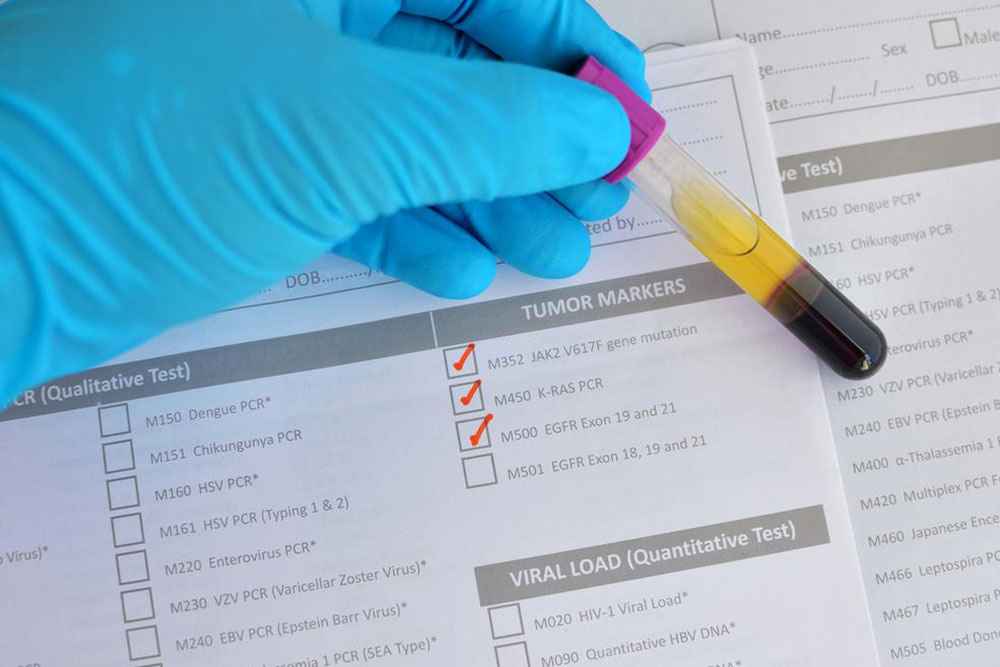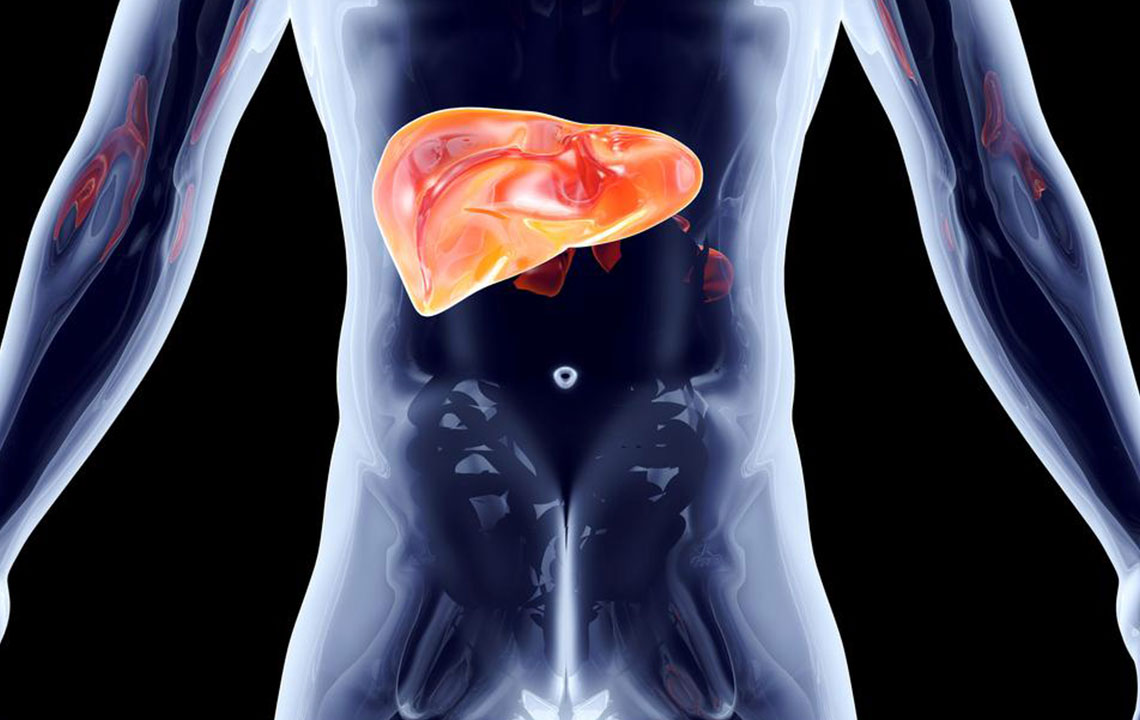Comprehensive Guide to Pediatric Liver Disorders and Their Treatments
This comprehensive guide explores common pediatric liver disorders, including their symptoms, causes, and modern treatment methods. From acute liver failure to genetic conditions like Alagille syndrome, learn how early diagnosis and advances in medicine can improve outcomes for affected children. The article emphasizes the importance of multidisciplinary care and lifestyle management to prevent severe complications and promote liver health in children.

Understanding Pediatric Liver Disorders
Childhood liver diseases, also known as pediatric hepatic conditions, encompass a broad spectrum of illnesses that can impact infants, children, and adolescents. These disorders vary in severity, from mild conditions that resolve with supportive care to critical illnesses requiring complex interventions such as liver transplantation. Due to the unique physiology of children's developing bodies, precise diagnosis and tailored treatment plans are essential for managing these conditions effectively.
The liver, a vital organ responsible for detoxification, metabolism, and synthesis of essential proteins, possesses a remarkable capacity for regeneration. This regenerative ability allows the liver to recover from significant injury or surgical removal of damaged tissue, contributing to treatment strategies that support or supplement liver function in affected children. However, when the damage is extensive or chronic, medical practitioners may resort to more invasive measures, including liver transplantation, to restore the child's health and prevent life-threatening complications.
Below, we explore some of the most common pediatric liver disorders, their symptoms, causes, and the contemporary treatment options available:
Key Pediatric Liver Diseases and Conditions
Acute Liver Failure (ALF) in Children:
Acute Liver Failure (ALF) constitutes a critical and potentially life-threatening condition characterized by rapid deterioration of liver function in children. Unlike chronic liver diseases that develop over months or years, ALF occurs suddenly, often within days or weeks, requiring immediate medical attention. The hallmark signs include jaundice (yellowing of the skin and eyes), coagulopathy leading to bleeding tendencies, altered mental status or encephalopathy, and hypotension. This condition can develop due to various causes such as viral infections (like hepatitis A, B, or E viruses), drug toxicity (particularly acetaminophen overdose), metabolic diseases, autoimmune hepatitis, or severe infections.
Addressing ALF necessitates prompt diagnosis through laboratory tests, imaging, and sometimes liver biopsies. Management involves supportive care to stabilize vital parameters, correction of coagulopathy, and treatment of the underlying cause. In cases where liver function cannot be maintained, urgent liver transplantation becomes essential to save the child's life. Advances in transplant surgery and immunosuppressive therapies have significantly improved survival rates.
Alagille Syndrome:
This is a rare genetic disorder caused by mutations affecting the JAG1 gene, leading to defective bile duct development and impaired bile flow from the liver (cholestasis). The condition manifests during infancy or early childhood, presenting symptoms like jaundice, dark urine, pale stools, and poor weight gain. Children with Alagille syndrome may also experience abnormalities in the eyes (posterior embryotoxon), heart defects such as pulmonary stenosis, kidney issues, distinctive facial features, and skeletal anomalies.
Management requires a multidisciplinary approach, including nutritional support with high-calorie diets rich in protein and vitamins, especially fat-soluble vitamins. Some children may need medications to promote bile flow or alleviate itching. Severe cases, especially those with progressive liver damage, may benefit from a liver transplant. Regular monitoring and supportive care are vital to manage associated complications and improve quality of life.
Autoimmune Hepatitis:
Autoimmune hepatitis occurs when the child’s immune system mistakenly attacks liver cells, resulting in inflammation, tissue destruction, and potential progression to cirrhosis. The condition can present with symptoms such as persistent fatigue, jaundice, abdominal discomfort, dark urine, and itching. Laboratory tests typically reveal elevated liver enzymes, positive autoantibodies, and increased immunoglobulin levels.
Effective management involves immunosuppressive medications, primarily corticosteroids like prednisone, combined with other immunomodulators to suppress the immune response. Early diagnosis and consistent treatment are essential to prevent irreversible liver damage and cirrhosis. In some cases, liver transplantation may be necessary if medical therapy fails or if the disease progresses to liver failure.
Nonalcoholic Fatty Liver Disease (NAFLD):
NAFLD is increasingly common among children, primarily linked to obesity and metabolic syndrome. It involves excess fat accumulation within liver cells, which can trigger inflammation (nonalcoholic steatohepatitis, NASH), liver scarring, and eventually cirrhosis or liver cancer. The silent progression of NAFLD often makes early diagnosis challenging, emphasizing the importance of routine screening in at-risk populations.
Management focuses on lifestyle modifications, including a nutritious, calorie-controlled diet, regular physical activity, weight reduction, and management of associated metabolic conditions like diabetes and dyslipidemia. Pharmacological therapies are still under research, but maintaining a healthy lifestyle remains the cornerstone to preventing disease progression and serious complications such as cardiovascular diseases, strokes, or hepatic failure.
Beyond these conditions, other pediatric liver disorders include Wilson’s disease (a genetic disorder causing copper buildup), viral hepatitis, urea cycle disorders, tyrosinemia, primary sclerosing cholangitis, primary hyperoxaluria, and various organic acidemias. Early detection and tailored treatment approaches are key to improving outcomes for children affected by these complex conditions.
In conclusion, pediatric liver diseases require a specialized, multidisciplinary approach to diagnosis and treatment. While some conditions can be managed with medications and lifestyle changes, others necessitate advanced surgical interventions such as liver transplantation. Advances in medical research continue to improve survival rates and quality of life for young patients suffering from these challenging conditions. Parents and caregivers should remain vigilant for early symptoms and seek prompt medical care to ensure the best possible outcomes for children with liver disorders.




